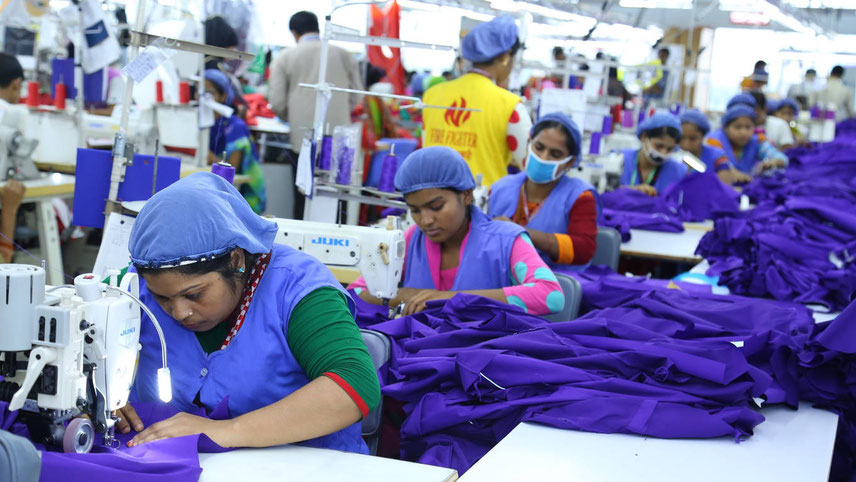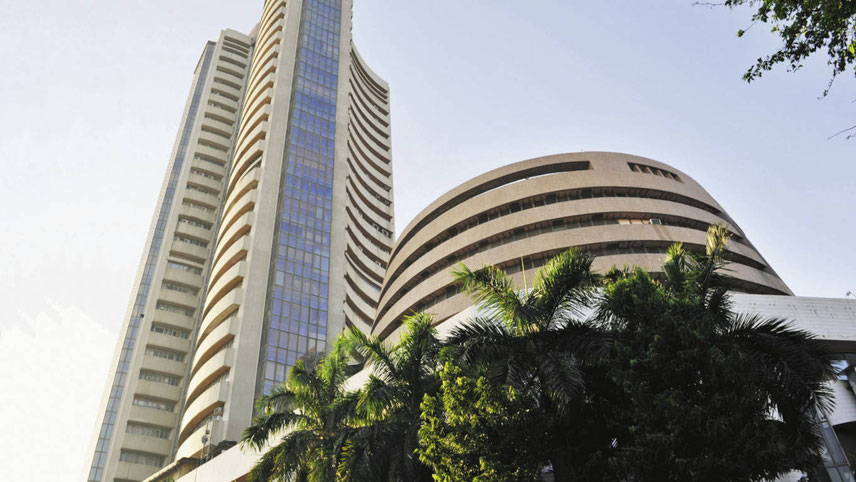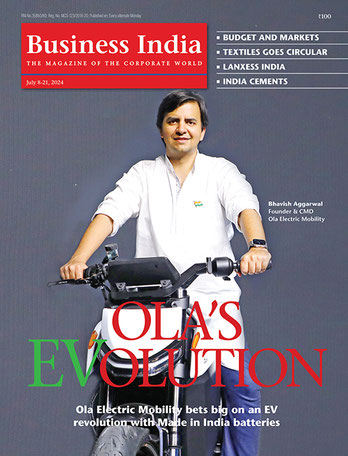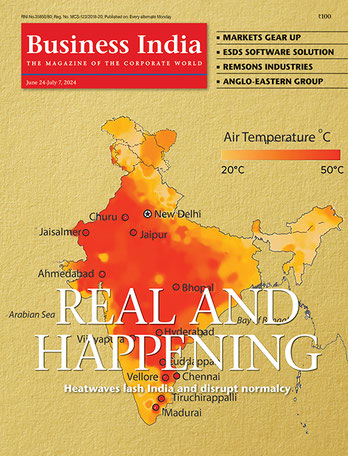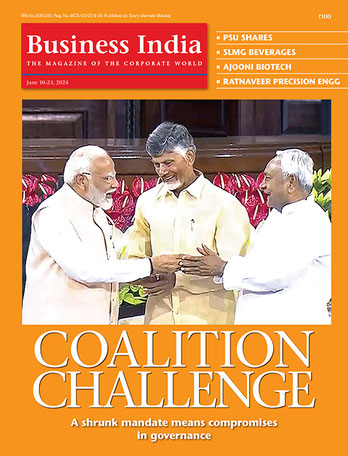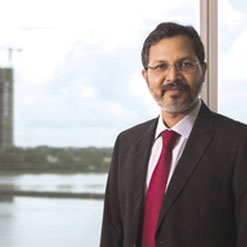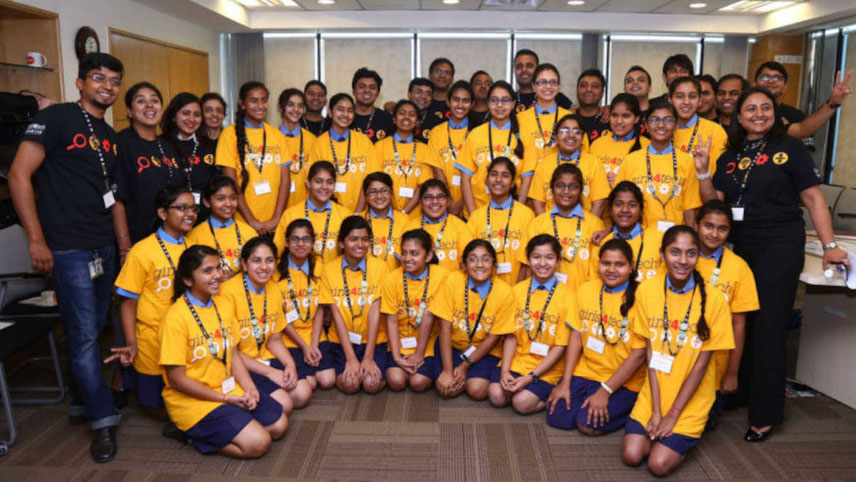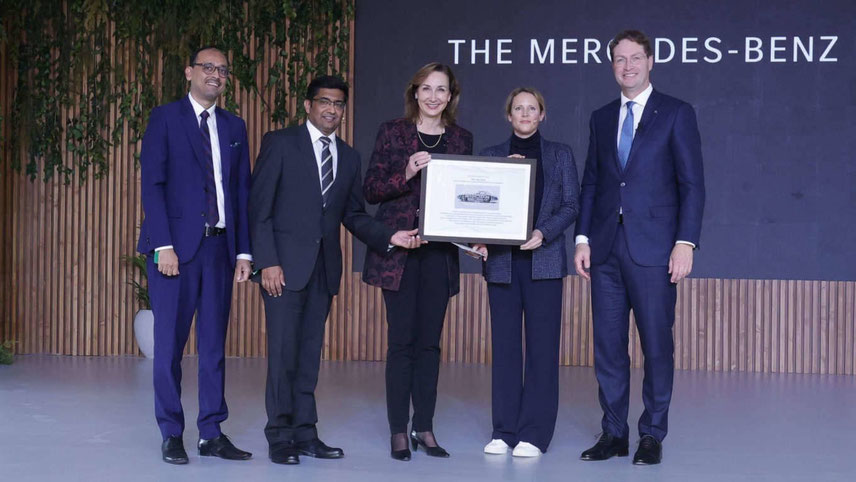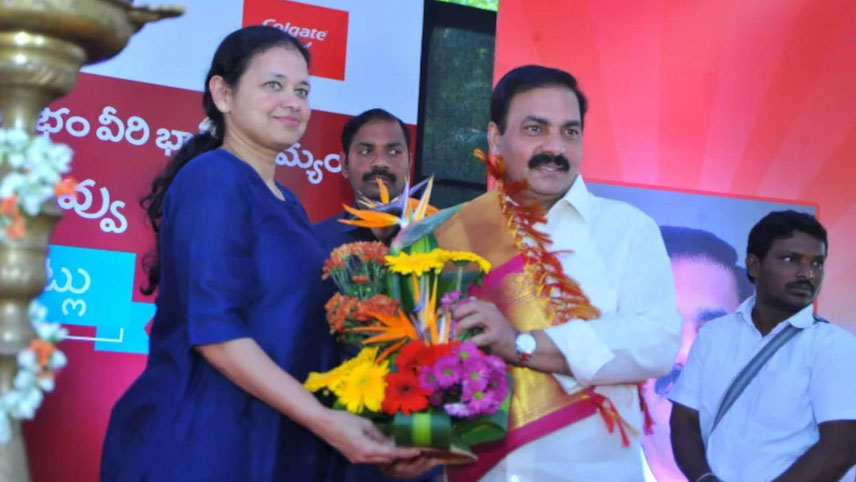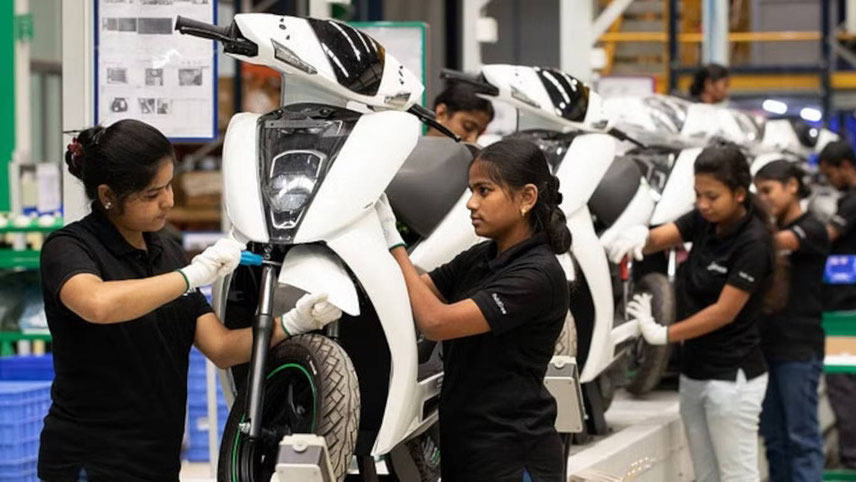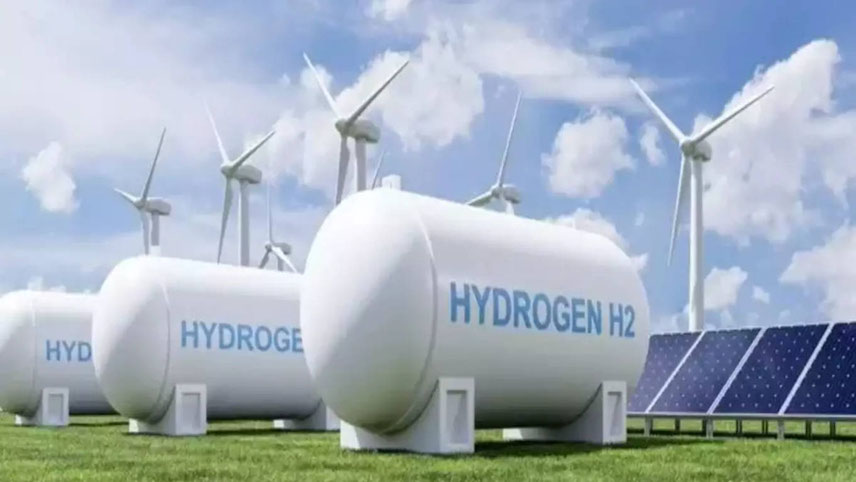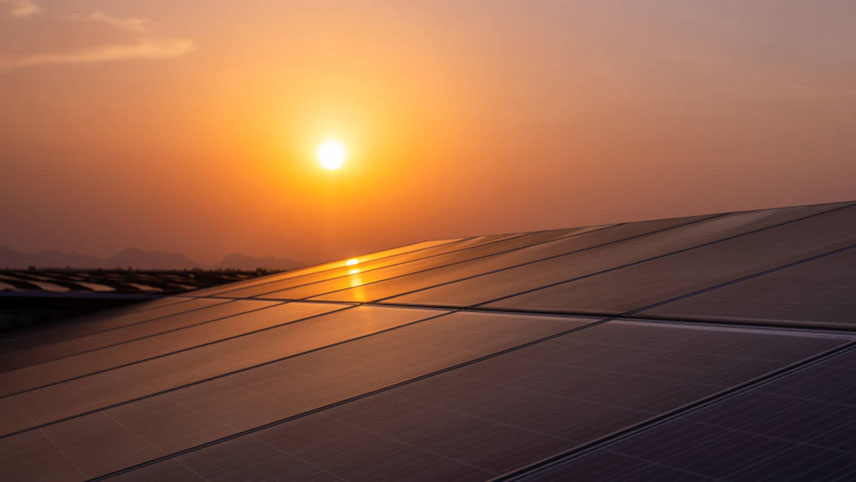Katragadda is the Founder and CEO of Myelin Foundry. He is an independent director of Bosch India Limited. He is the vice-president of the IET, Board of Trustees, UK. He has over 30 journal publications, five patents, several invited presentations, and citations of his research work.
Suryanarayanan is the co-founder and CTO of Myelin. He was the general manager, technology leader, Digital Consumer IoT, Group Technology Office at Tata Group until January 2019. He brings more than 25 years’ experience in global technology companies like Intel, Cadence, and the Tata group. He has extensive experience in Silicon Valley and India. He has three patents and holds a BE (Honours) in Electrical and Electronics Engineering from University of Madras and a MS in Electrical Engineering from Virginia Polytechnic Institute and State University. He has a certified degree in Executive Management Programme for Entrepreneurs from IIM-Bangalore.
Olemann is also the co-founder and head of marketing for Myelin. She owns the go-to-market strategy and leads the commercialisation efforts of Myelin’s global-first products and is passionate about building markets for next-gen technology. She is an IIT-Guwahati and London Business School graduate. She has experience working in corporate strategy, and global partnerships in tech and innovation with Tata Sons – the holding company of the Tata group. She led the efforts to set up a multi-million-dollar fund for the Tata group, investing in emerging tech in leading universities across the globe such as Harvard and Yale, among others.
Myelin’s first client is a player leveraging Myelin products for national security applications such as for satellite images and drone videos. Myelin is currently piloting its product FOVEA Stream with the top OTT players in India.
Myelin’s video super resolution capabilities enable zero-delay and zero re-buffer OTT services with the highest quality of experience on the device, at a fractional cost. “Since 75 per cent of data traffic today is video, and this is set to increase with 5G, we are helping accelerate penetration of video streaming, while enhancing the viewer experience. We are cognisant that every bit of a video stream results in climate impact. Our solution enables the lowest carbon footprint for streaming,” says Olemann. “With Fovea Stream, you will consume videos at the highest quality, with no buffering or delays, even at low bandwidth. Shortly, our solution will also enable personalised immersive viewing experience and interactive viewing, which are the next big waves in video and OTT.”
“The telecom explosion in India has percolated to every corner of the country, resulting in easy access to data, with OTT media services changing how people watch television. The digital media revolution has globalised the world with 50 per cent of the world’s population going online and around two-thirds possessing a mobile phone. Social media has penetrated into our day-to-day life with nearly three billion people accessing it in some form,” states Shailendra Raj Mehta, president and director, MICA, the School of Ideas, in his report on Indian OTT platforms.
The report adds that India has the world’s second highest number of internet users after China and is fully digitally connected with the world. There is a constant engagement and formation of like-minded digital communities. Limited and focused content is the key for engaging with the audience, thereby tapping into the opportunities present, leading to volumes of content creation and bigger budgets.
The future of OTT platforms across the world looks bright, with a steady competition from linear TV. To adapt itself to the transformation, TV has started innovating by adopting new age digital platforms to reach out to audiences. Over the last one decade, the traditional linear television promise included OTT platforms as a part of their strategy for future survival. According to AIB Research, the OTT video market across the world will continue to grow at a brisk pace and with a surge compound annual growth rate (CAGR) of 10 per cent through 2022, the OTT market will generate a massive $51.4 billion.
Globally, even while TV has started showing a small decline, OTT has shown a clear increase in subscription. “The average revenue per user (ARPU) for pay TV is expected to go down to four times that of OTT in 2020, from six times that of OTT in 2017. Thus, with the increasing number of subscribers, OTT players are marching towards solid revenue in times to come. The global content scenario is, at a fast pace, getting redefined from sourced content to produced content. ‘The gloves are off’. Amazon, Apple, DAZN, Facebook, Google and Netflix all have the money muscle to finance their own productions or outbid on programming including major sporting franchises. Following the owned content promised along with the OTT platforms owned by the broadcasters, going forward, fewer content deals between programmers and independent OTT providers will take place,” states the convergence research report on the Indian OTT platform.
“From a technology standpoint, the biggest AI advances for MTL competition will be at the edge. Edge, here, refers to the ability to provide services closest to the source of data, including mobile phones, ground cameras, aerial cameras, and industrial sensors. Neurocomputing chips have joined the CPU and GPU to power mobile phone edge compute. 5G promises to enable low-latency device-to-device intelligent real-time collaboration at the edge. Technologies at the edge, providing faster, cheaper, and better services along with newer ways of extending human life and the comfort of living, are to be expected in 2020,” says Katragadda pointing out that MFL is building edge AI products that transform visual experiences and personalised outcomes on consumer edge devices using proprietary AI algorithms for video, voice, and sensor data.















